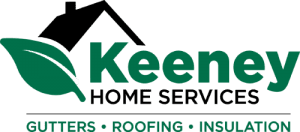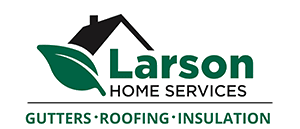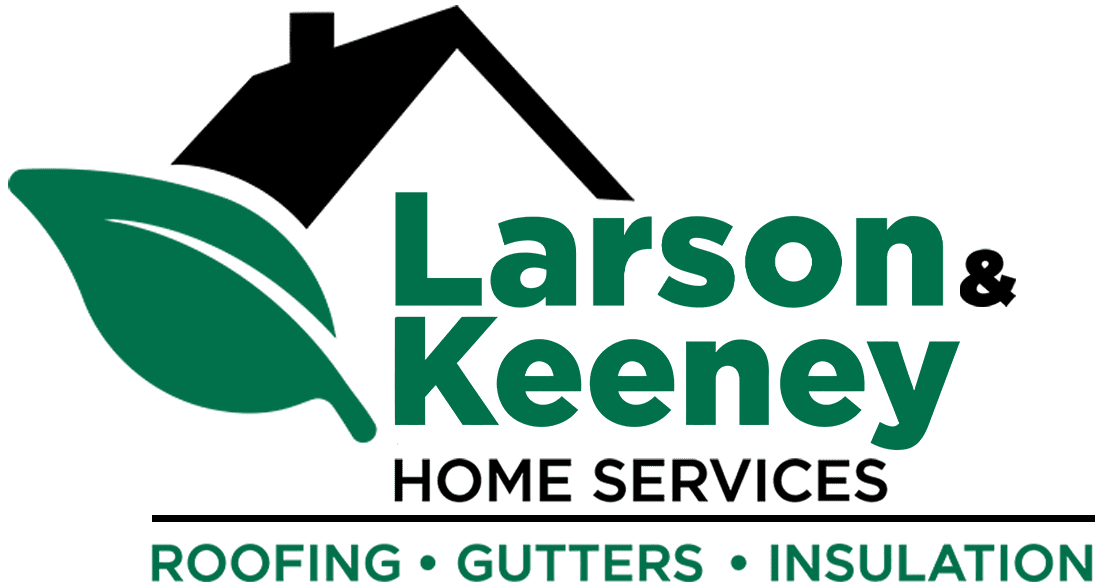Attic Insulation – How to Prevent Ice Damming in Fox Valley Area
In Episode 72 of the “On the Job” video series, Larry Janesky, owner and founder of Dr. Energy Saver, speaks about a problem that is common during cold winters: ice damming on the roof. While ice dams don’t happen very often, when icicles do appear on the edge of the roof, the consequences can be disastrous.
Ice dams occur after snow storms when heated roof shingles cause the snow to melt and the outside temperatures are cold enough to freeze dripping water at the edge of the roof, forming an ice barrier.
When that happens, the water from the melting snow gets trapped behind the icy wall and usually finds its way into the house, through the gaps between the shingles. The water not only can damage the roof itself, but it can also leak into the attic and into wall cavities, causing extensive damage to the home.
What causes ice damming and what are the ways to prevent it? Larry explains that, while not all ice damming can be prevented, in many instances, the ice dams are a tell-tale sign of a poorly insulated and air sealed home – especially in the attic area. It means that heated air is escaping from your living space into the attic and heating the roof.
Most attics in U.S. homes are unconditioned, meaning, the attic is not part of the heated, conditioned living space. The air that you pay to heat should not be escaping to the attic. By properly air sealing all the gaps that allow air to leak out, and by bringing attic insulation R-Value up to 60, as recommended by the U.S. Department of Energy for homes in the cold regions of the U.S, you will keep the heat where it belongs: inside your living space. The temperatures in the attic will be similar to the outside temperatures and the shingles are less likely to be heated and cause snow melt.
While making your home more comfortable and energy efficient, in many cases, this will also help alleviate ice damming problems and protect your property from damages caused by ice dams.
Please note that ice damming can occur due to other circumstances such as sun heat on the shingles. Monitoring your roof after snow storms, removing some of the snow from the roof, and other preventive measures might still be necessary even if your attic is properly air sealed and insulated.





